Click here to listen to this post about how we handle pain and grieving on the Candidly Kendra podcast:
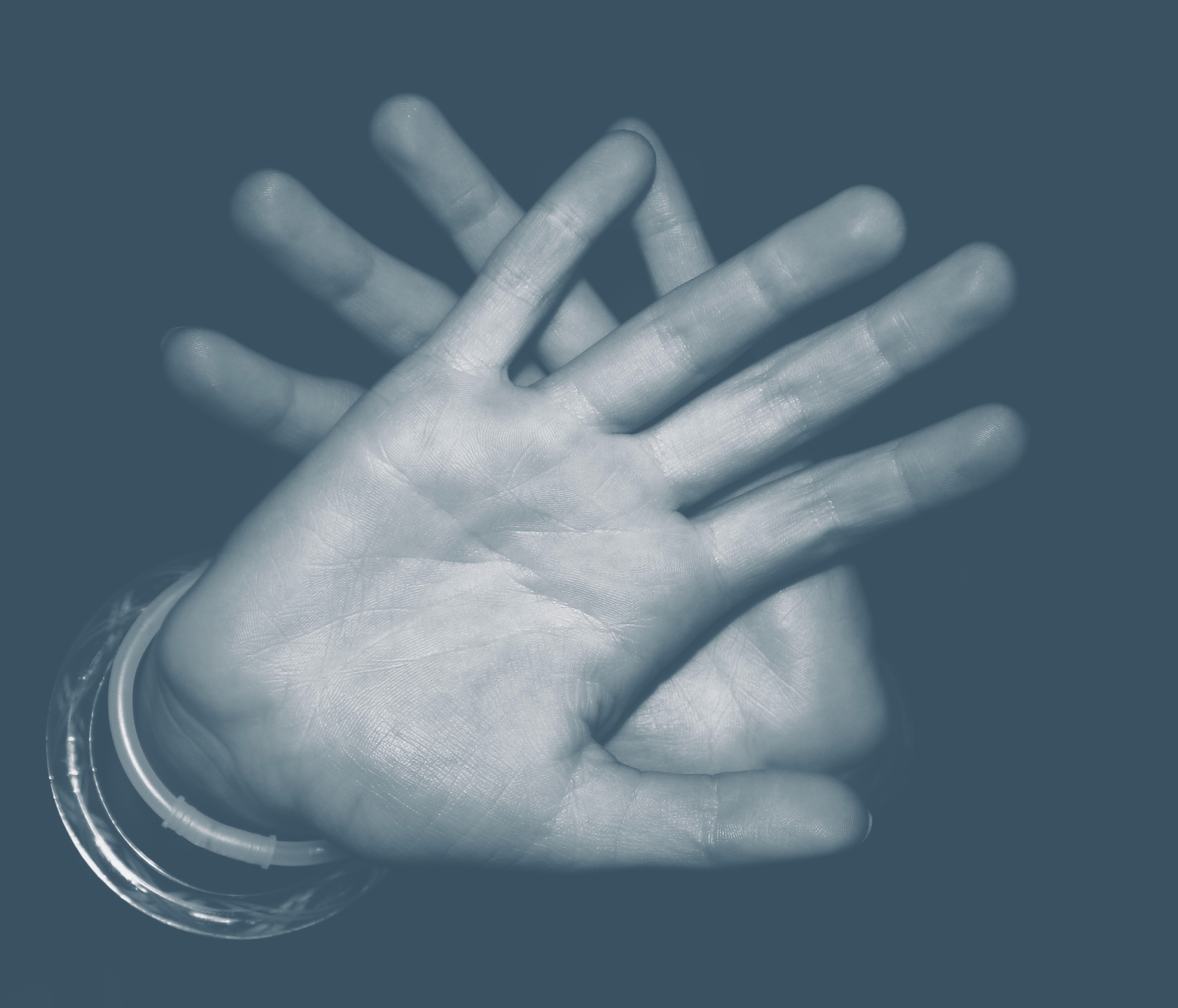
Eleven years ago Steve’s dad died suddenly. He was supposed to be coming over to our house for a cookout for Steve’s birthday but instead we got a phone call.
The phone call.
The call you wait for on a nervous night when a loved one is running late. The call you dread but never really expect to get.
Steve took the phone call in another room, and I’ll never forget his heart-wrenching cry.
As we drove with Steve’s mom to the hospital to take care of all the horrible details I anticipated that there were two ways I could be useful. For one thing I could take care of administrative details – do the thinking for the family so they could do the feeling. I would have time to feel later. And for another thing, I could be the listening ear and the shoulder for Steve to cry on.
We naturally moved into roles of support for one another. The family lovingly planned Dan’s service and I wrote his obituary, the job no one else wanted. Steve openly shared his broken heart with me and I held it carefully and lovingly tended to it, and in quiet moments I took my own sadness to God.
It worked pretty well, I think. In fact, we thought we were pretty good at the “partnership in grief” thing.
We went on thinking that until my mom was diagnosed with cancer in June 2019 and the grief came from our blindside.
It turns out that we were great at grieving together…until it was primarily my grief.
Subscribe Here to Keep Up With Candidly Kendra’s New Posts
Grieving My Way
You see, when I came home from my mom’s cancer team appointment that first day my broken heart set up a wall. I parked on the couch and hid in my phone.
Steve tried to get me to talk to him the way he’d talked to me. “How are you feeling?” “What are you thinking?” But I rebuffed him. The pain was too big to let the feelings come.
That was my first flinch of pain. The first flinch of pain is an unconscious response, a protective mechanism to manage the chaotic feelings. Whereas Steve’s first flinch reaction was to talk and cry and keep me close, my first flinch reaction was to hide. I tell people that if I could have set up a tent in the middle of my living room to live in for a week, I would have done it.
Four Ways To Flinch
I’ve since discovered that there are four typical ways that we respond in our first flinch of pain or grieving. And although some sound more healthy than others, there isn’t actually a moral value to these responses. Each of these can be used as a healthy healing mechanism or an unhealthy escape.
These initial pain responses are:
- Numbing
- Mulling
- Venting
- Frenzy
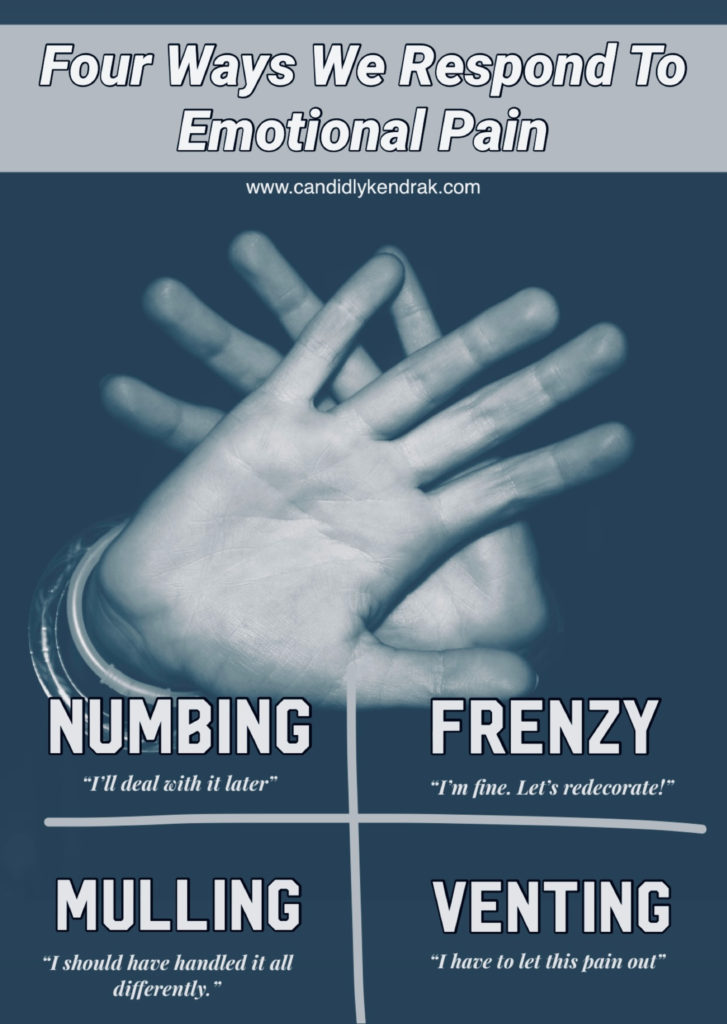
Numbing
“I’ll deal with it later.”
The first way we may respond is internal. We hunker down and distract ourselves from the problem in any way possible. I sat on the couch and played something silly on my phone. My phone wasn’t the point; it wasn’t even that interesting. But I felt like if I let the feelings in I would pop. Engaging with my feelings in that initial moment of pain felt like it would increase my pain.
We may numb ourselves with Netflix, books, sleep, or even alcohol or other substances.
My advice to you, one Numb-er to another, is to let yourself sink into your phone or video games for a couple days if you need to give the pain a moment to ease up. But avoid alcohol and other substances at all costs because they will grab hold and not want to let you go when it’s time for you to pursue healing. Eventually, as soon as you possibly can manage it, you need to lift your eyes from your phone and reengage with the loved ones who are gathered around you. Start to talk about your feelings to God and to others and let the healing begin.
If your grieving loved one is Numbing: Take care of details for them as much as you possibly can. Field phone calls, make dinner. Don’t force them to talk, but stay nearby and remind them that you are available to listen when they’re ready. And pray for them.
Mulling
“I should have handled it all differently.”
Some respond to pain with an initial response of Mulling. This is an internal response like Numbing but it is laser-focussed on the problem itself.
People who respond with Mulling will find themselves sleepless, thinking about their painful situation. In a way, it begins to feel like the problem is somehow managed by their worry. What should I have done differently? What will I do now? What would I do differently if it happened again?
If your grieving loved one is a Mull-er, remember that this is their first flinch of pain. It is only their initial reaction to manage their extreme feelings. Make sure they remember to eat. Help with their kids. When they are ready to talk, listen. Don’t invalidate all their worries, but remind them of a good and Sovereign God who cares for them. And pray for them.
And finally, if you find yourself Mulling in that first flinch of pain, I recommend the practice of Breath Prayer. Your body desperately needs sleep, and your mind needs a rest. If you are lying awake, mulling over everything that has gone wrong, even out your breathing and take your simple prayers to God. “God, help” (Inhale, exhale…)
Venting
“I have to let this pain out!”
Others, like my husband, release their pain in their initial flinch by Venting. This is an external response, and like Mulling, it is laser-focussed on the problem itself.
Venters feel relief by expressing their pain. They talk, they cry, they shout or scream. (In extreme cases, they may hit or hurt others.)
If your first flinch response is Venting, I recommend that you find people that you can trust who love you who can be your listeners. More importantly, these people should not be closer to the pain than you. (For example, don’t vent your pain of a friend’s death to his grieving widow. See graphic.) And most importantly of all, remember that the purpose of your venting is to release the pain and lead you back to the Compassionate Savior who cries for your pain.
If your loved one is a grieving Venter, I encourage you to listen. Only listen. It will be so tempting to try to minimize their anguish, to tell them that it will be alright. But for many days, (longer than you probably feel comfortable doing) just sit with them and be a soothing presence. Your continued love and calm demeanor will be a balm for their pain. When they are ready, lead them back to the God of Comfort. Meanwhile, pray for them.
Frenzy
“I’m fine. Let’s redecorate!”
The last type of response that you may have in your first flinch of pain or grieving is Frenzy. Frenzy is externally focussed on any distraction from the pain.
A frenzy-seeker will often decide to clean out a closet, to work overtime, to learn to sew, or even to write a book. From the outside, Frenzy activities seem ridiculous or even out of control. But this is a legitimate way some people deal with the pain in the initial burst.
In some cases, though, Frenzy could turn into “Acting Out” through dangerous activities such as wild partying or extreme adrenaline-seeking to anesthetize their pain.
If your loved one is a Frenzy-Seeker and is acting out in reasonable ways, I encourage you to stay near them as much as you can. Help them clean out their closet. Listen to their plans and ideas, and remind them that you are available to talk whenever they are ready. And pray for them!
If you are a Frenzy-Seeker in your initial burst of pain, take a quiet moment as soon as you are able and evaluate your pain. Are you ready to talk to God or others today? You can’t hide forever and it isn’t healthy to try.
Walking Together Through Painful Times
My goal in sharing these first flinch responses with you is to show you that we each may respond differently in our times of pain, and that’s okay.
If your husband goes silent and doesn’t want to talk about his pain, pray for him. If your wife cries daily over a terrible hurt, pray for her. If your kids shut themselves in their room with angsty music, pray for them. Stay close and care for their hearts tenderly.
When Steve suffered the loss of his parents, he vented to me daily, telling me every thought and emotion that crossed his mind. But by night he mulled, replaying what happened over and over, wondering what could have or should have gone differently. Time and the grace of God helped him move into healing.
When I got my mom’s terrible cancer diagnosis, I numbed, hiding in my phone and avoiding my feelings. After about a week I moved into frenzy. I created a curriculum about dealing with pain and loss, and then started writing a cookbook (which, unsurprisingly, I never finished). And as I felt ready over time, I’ve let the painful feelings come, and I’ve learned that tears won’t melt me.
Bring It Home
How do you deal with pain and loss in your first flinch? Numbing? Mulling? Venting? Frenzy?
How have you seen your loved ones deal with pain?
Is there someone walking through a painful experience right now that you can sit with and love well during their difficult time?
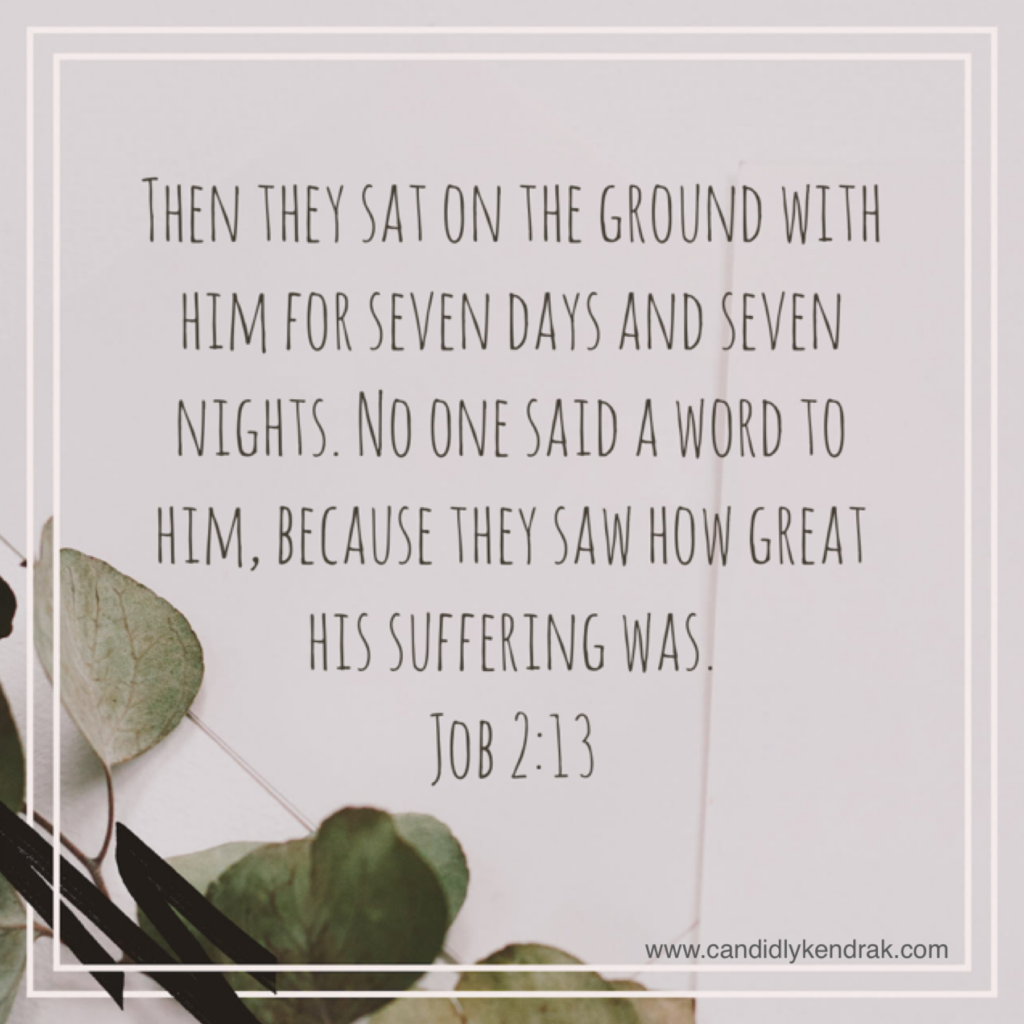
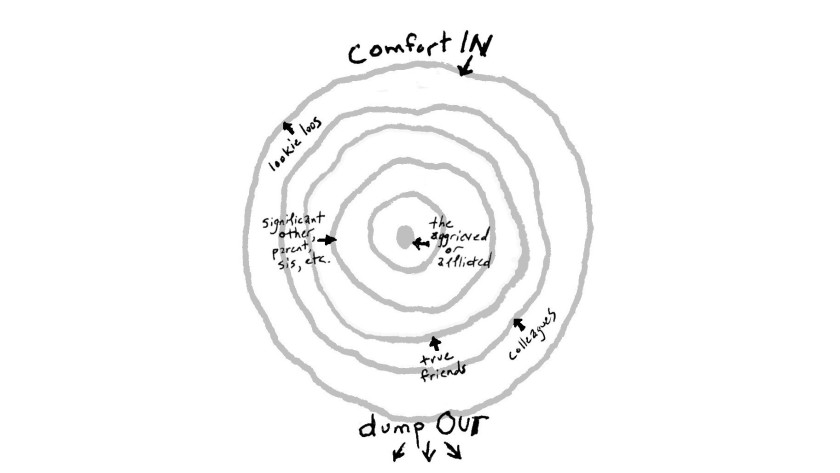
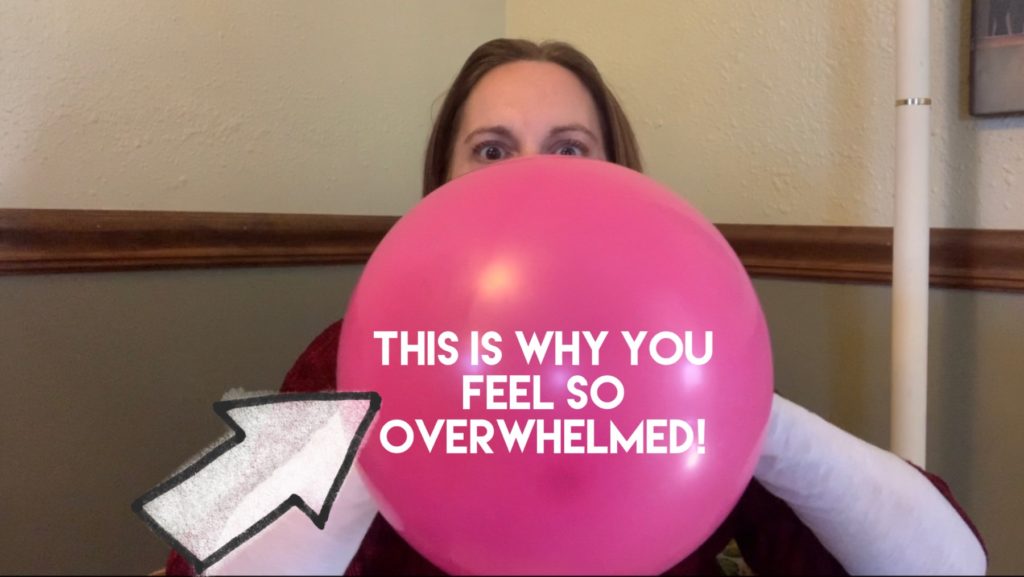
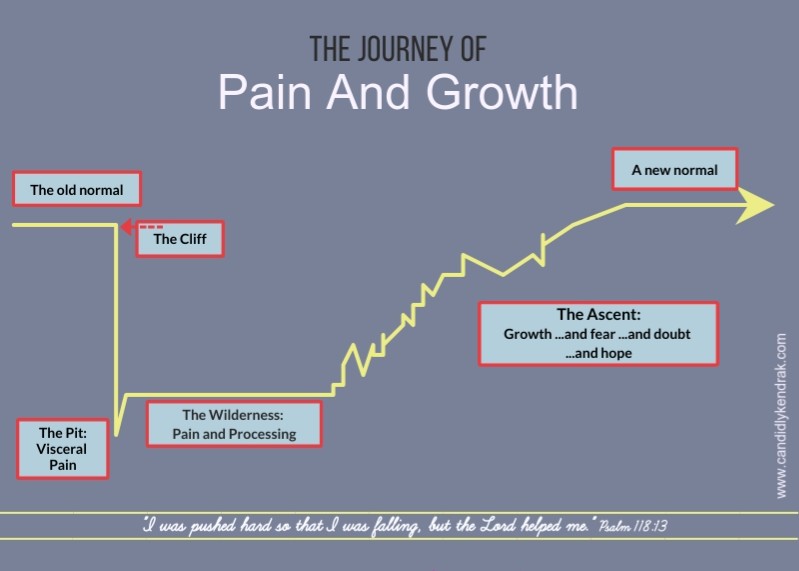
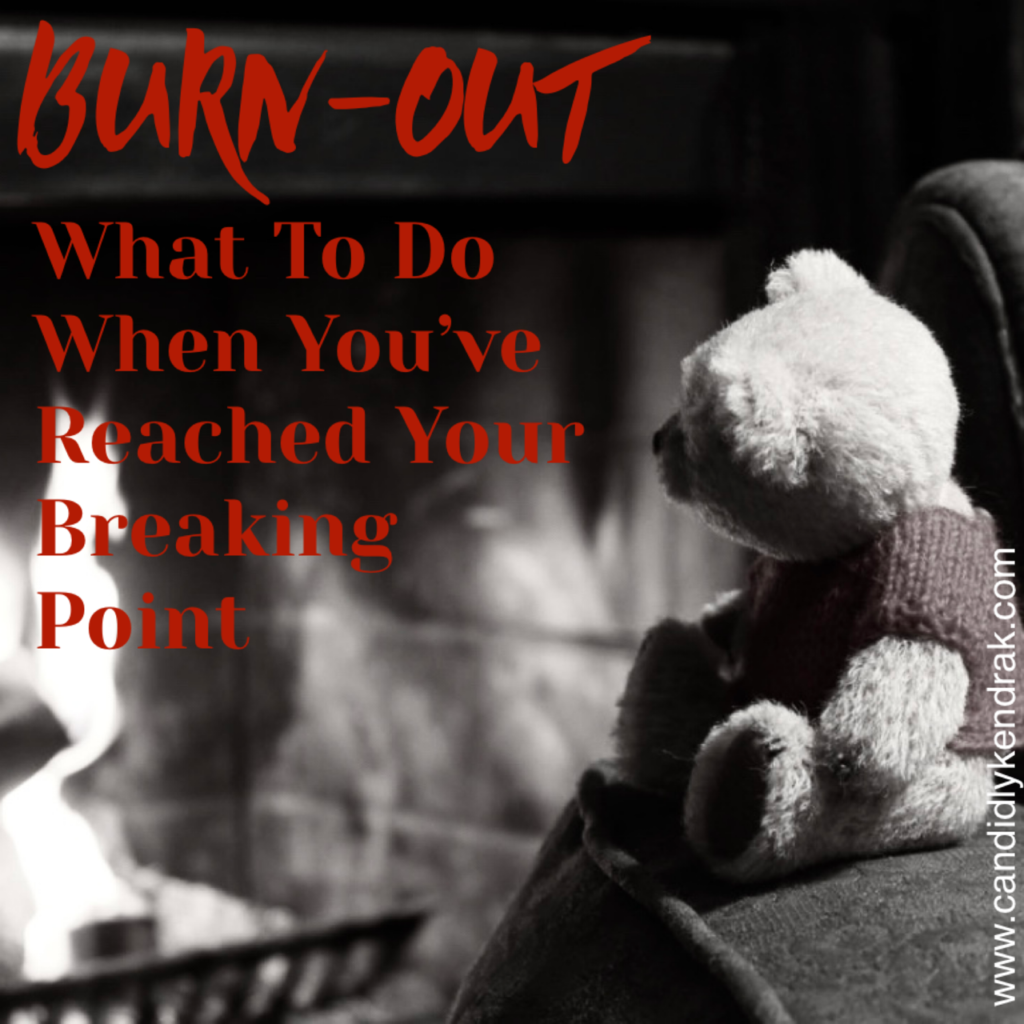




[…] these sound familiar? You maybe read about them here or watched this video […]
[…] the first flinch of emotional pain you will have a natural response to handle the stress. Your response will be unique to you – probably different from how the others around you are […]
[…] To learn more about the different ways we release our balloons in those times of stress, see Four Ways We Respond To Emotional Pain and Grieving. […]